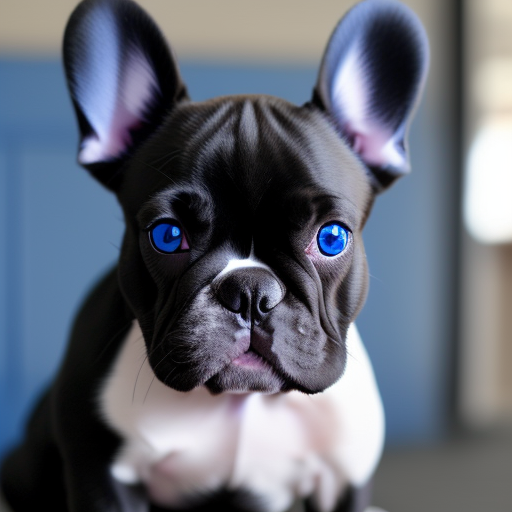Mastering the Art of Stable Diffusion Prompts for Creative Excellence
03.12.2023

In the evolving landscape of AI-generated art, understanding and mastering stable diffusion prompts is crucial for creators, artists, and enthusiasts alike. A stable diffusion prompt serves as a critical guide, steering the AI to generate specific, desired visual outcomes. This article delves into the essence of stable diffusion prompts, guiding you on how to effectively compose them, understand the acceptable syntax, and harness their full potential for your creative endeavors.
What is a Stable Diffusion Prompt?
A stable diffusion prompt is a text-based instruction used to guide an AI model, specifically designed for generating images. Unlike traditional image creation tools, this AI-driven approach relies on textual descriptions to produce visual content. The prompt acts as a bridge between the creator’s vision and the AI’s interpretation, translating words into visual art.
Crafting Effective Prompts
- Clarity and Precision: The key to an effective prompt is clarity. Be precise in your descriptions. For example, "a serene landscape with a setting sun" is more descriptive than just "landscape."
- Detailing: Adding details can significantly influence the outcome. For instance, "a Gothic cathedral under moonlight" versus "a cathedral" yields vastly different results.
- Balancing Detail and Flexibility: While details are important, overloading a prompt with specifics can sometimes hinder creativity. Find a balance between detail and allowing the AI some creative freedom.

Understanding Syntax and Structure
- Keywords and Phrases: Use keywords and phrases that effectively convey your idea. For example, "steampunk cityscape" immediately gives the AI a thematic direction.
- Descriptive Adjectives: Adjectives add depth to your prompts, such as "mystical," "futuristic," or "abandoned."
- Sequential Flow: Structure your prompt in a logical sequence. Start with the primary subject, followed by secondary elements, and end with mood or atmospheric details.
Common Challenges and Solutions
- Vagueness: Avoid being too vague. If the prompt is too broad, the AI might produce generalized or unexpected results.
- Consistency: Ensure consistency in your descriptive elements. Contradictory terms can confuse the AI and lead to unsatisfactory outputs.
- Experimentation: Don’t hesitate to experiment with different styles and themes. This can help you understand the model's capabilities and limitations.

Advanced Techniques
- Layering Concepts: Combine different concepts or styles in one prompt for unique results, like "cyberpunk rainforest."
- Referencing Art Styles: You can reference specific art styles or eras, like "Impressionist" or "Art Deco," to guide the AI’s style.
- Emotional and Sensory Descriptions: Including emotional or sensory descriptions can add a new dimension to the output, such as "melancholic atmosphere" or "the sound of rain."
Conclusion Stable diffusion prompts are a powerful tool in the realm of AI-generated art. Their effective use requires a mix of clarity, creativity, and understanding of the AI's interpretation capabilities. As you become more familiar with composing prompts, your ability to translate visions into AI-generated art will grow, opening up a world of limitless creative possibilities. Whether you're an artist, a designer, or simply an AI art enthusiast, mastering stable diffusion prompts is an exciting journey into the future of creativity.